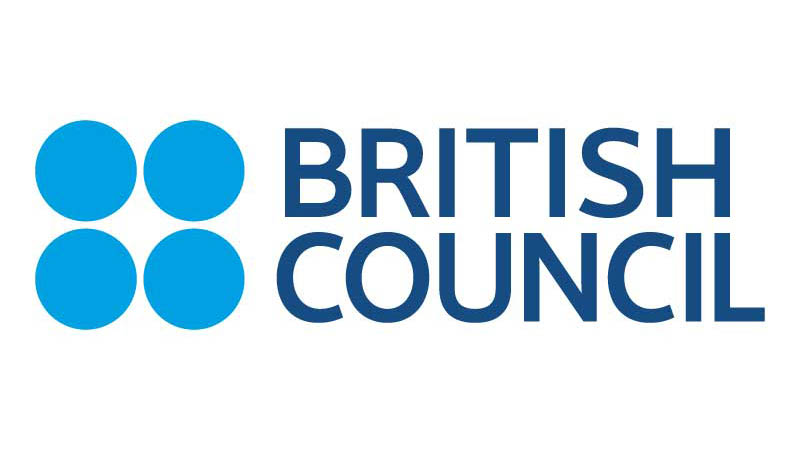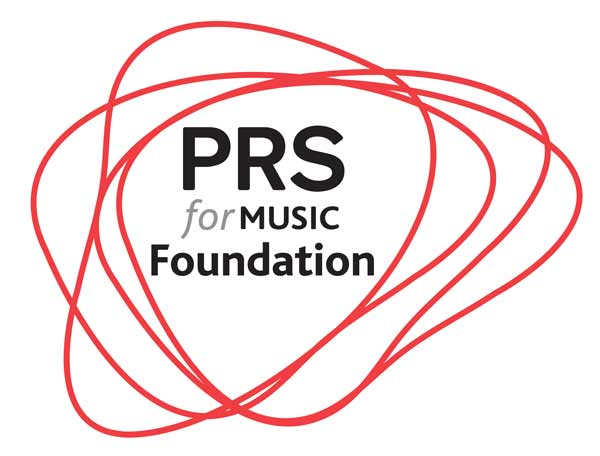responding and reacting
24 January 2016
Working with Drake Music Scotland previously, I had some experience of creating music in an inclusive environment and using technology and acoustic instruments together. Following on from that I wanted to explore a few areas - difficulty and 'dissonance' - which I had shied away from previously, in an attempt for the music to be more approachable.
The first section of the piece looks into this the most, with a mixture of extended techniques for cello that I imagined accompanied by 'material' sounds produced on technology. The cello part was left fairly free with no time signature and after working with Clea this developed so that most spaces between notes could be lengthened or shortened by her, allowing room to respond. Alongside this, Jay performed the Wavemotion - an instrument created by James which uses sensors in a similar way to a Theremin but with a larger more defined surface area. After an introduction to the technology I had initially envisioned the 'materials' part to be performed on Ableton Push, with different samples being triggered by Jay. However, after discussing with James and Frank they came up with a way of using the Wavemotion via MaxMSP - creating a much more interactive, fluid and interesting way for the material sounds to be formed and manipulated. It was really useful to hear Jay's thoughts in rehearsing, with resulting modifications made to some of the sounds and the way the instrument was positioned - the latter I hadn't considered but was really important in forming a more personal performance experience for Jay, allowing more control and expression, these extra-musical considerations really only possible due to the collaborative nature of the project.
The format of talking to Clea on Cello, James and Frank on Technology, Jay or Alasdair was really effective and allowed everyone to be creative and work on different elements of pieces at the same time - checking in on somebody to realise they've had an idea or a suggestion which then sparked an alteration or change in direction. This environment was fantastic to work in, with a refreshing feedback loop unfamiliar to me, where an idea could be tested, performed, modified and even recorded in a matter of moments compared to hearing a piece played months after it's composition.
One of the most rewarding parts of the project for me was seeing Clea and Jay interact with each other in performing this section. Responding and reacting to each other's movements and sounds was fascinating to watch and gave both players freedom, bolstered by the the precision of Clea's part was replicated in what Jay created too - as he got used to the sounds he became more and more creative and controlled in his movements - manipulating volume, duration and timing in relation to the Cello. It was also great to hear some more complex, textural sounds and noises playing against each other - from loud bangs to grating crunches.
I am very interested and thoroughly excited to see where this pilot project leads, I know that it has definitely made me think differently when creating music.


